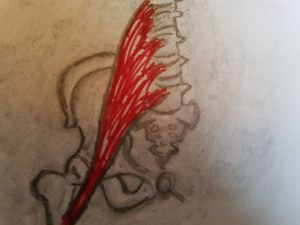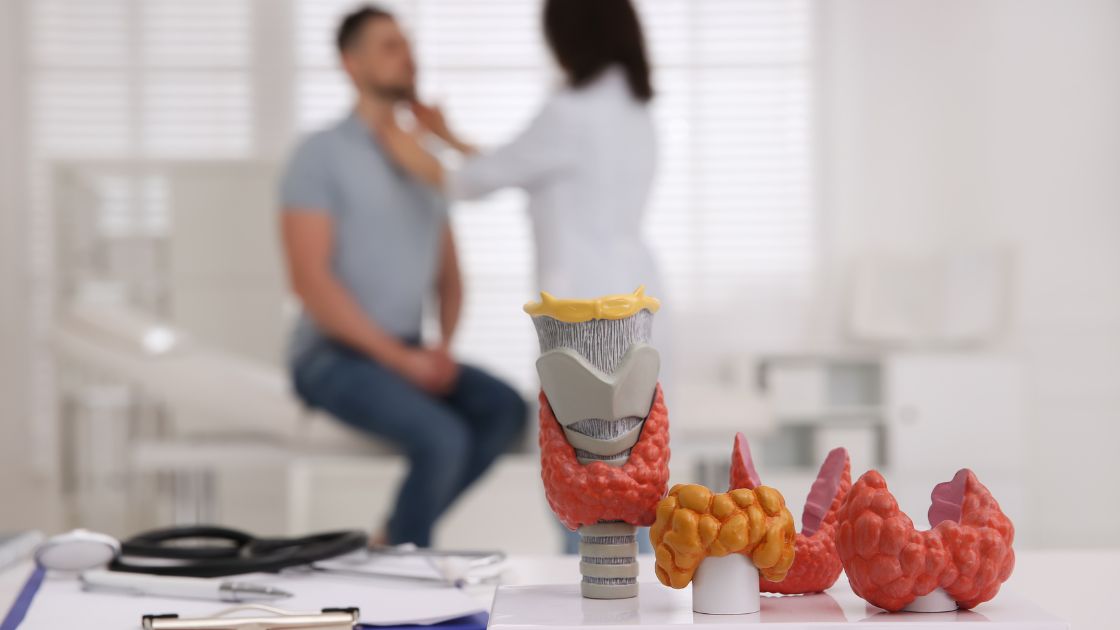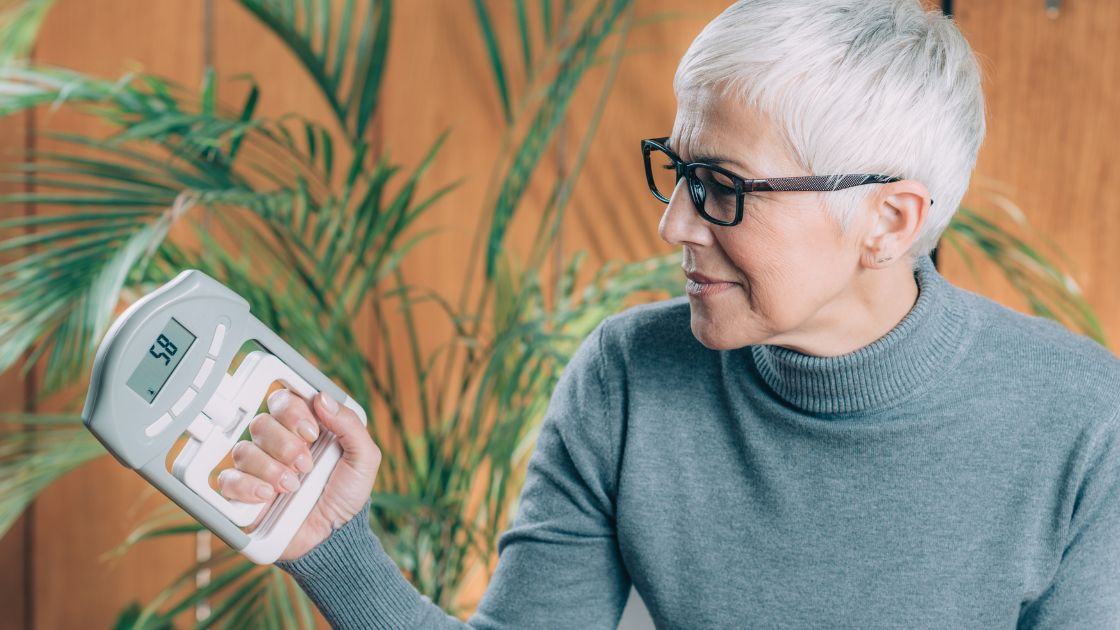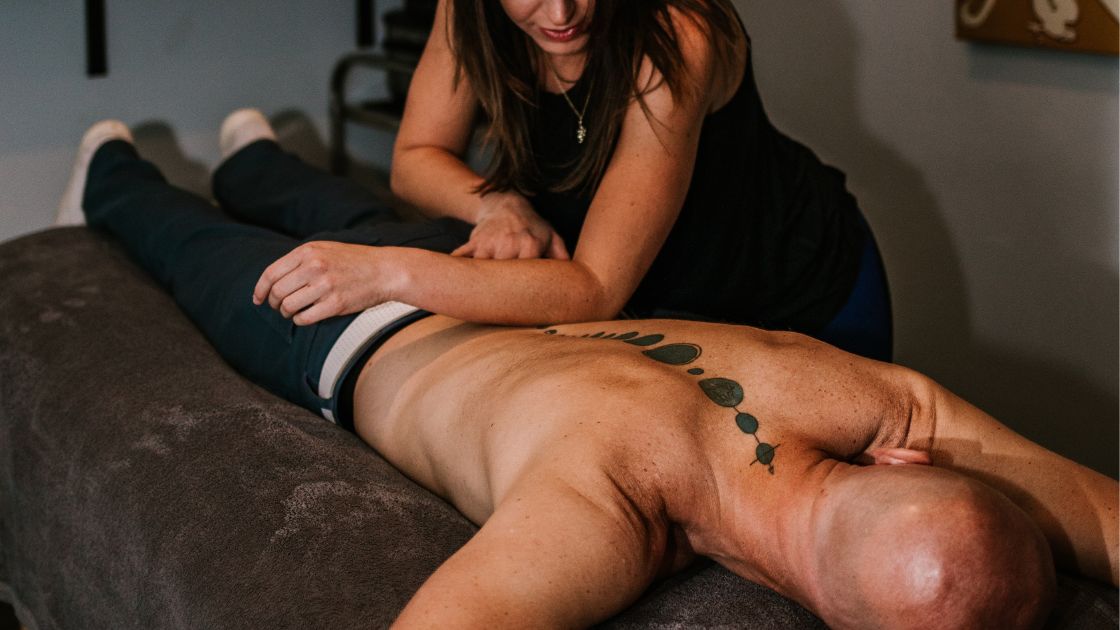The Lonely Muscle Part 2: Psoas
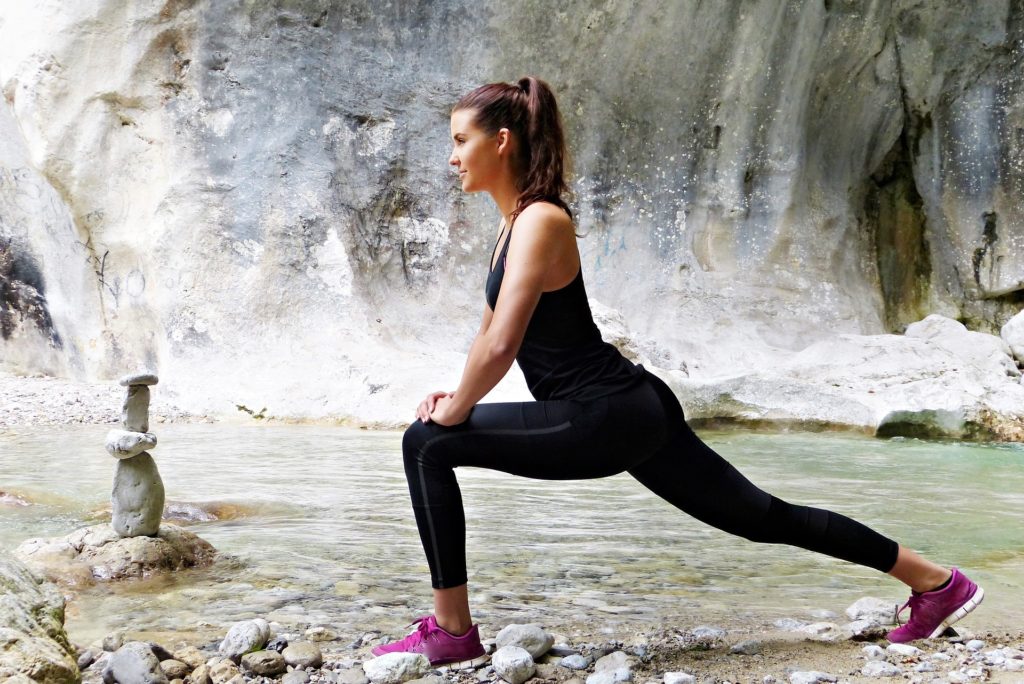
In my previous blog titled The Lonely Muscle Part 1: Subscapularis, we discussed the significance of your subscapularis and all the reasons why it’s such a lonely muscle. However, there is one muscle in your body that manages to be even lonelier than your subscapularis: it’s your psoas.
Hidden deep inside your core, your psoas is likely the most ignored muscle in your entire body. Just like the subscapularis, it’s not an easily accessible muscle and it’s all too easy to forget about its very existence.
Also like your subscapularis, it tends to be infested with nasty trigger points; making it one of the least fun muscles to have worked on in the event that you remember you even have one.
And yet again like your subscapularis, it really needs some attention from your massage therapist!
So what is your psoas, what does it do, what are common causes of psoas strains, and why should it be massaged?
What Is The Psoas?
Your psoas (pronounced “so-as”) is a long fusiform muscle that functions as the primary connector between your torso and your legs. It originates from the transverse processes of the T12-L5 vertebrae and it inserts into the lesser trochanter of the femur. Part of the muscle also sits inside your pelvic bowl. This deep muscle is one half of the pair of muscles that make up the iliopsoas, which is an inner hip muscle that is composed of the psoas and the iliacus.
I’ll try to type the rest of this article in english.
What Does Your Psoas Do?
The psoas is the only muscle in your body that connects your spine to your legs. Its main functions are hip flexion and lateral rotation. For such an easily forgotten muscle, your psoas does quite a bit of work for you! Every time you walk, your psoas muscle is helping your leg move itself forward. And whenever you bend over to pick something up, your psoas is responsible for flexing your trunk.
But it has some other pretty cool functions that you should know about too! The psoas provides support for your internal organs and viscera. As we mentioned earlier, part of your psoas sits inside your pelvic bowl, which should be a comfortable place for your organs to rest. The length and tone of it affects the muscle’s position on the pelvis, and when healthy, needs to function like a stable shelf so it can physically support the organs.
The psoas also aids in blood and lymph flow. It acts as a hydraulic pump, allowing the blood and lymph to be pushed into and out of cells. The muscle is also associated with breathing, as one of the ligaments of the diaphragm wraps around the top of the psoas.
What Are Common Causes of a Strained Psoas?
There is a high chance that your daily activities include at least one (and possibly all) of the following causes for it to be weakened:
- Sitting for long hours
- The majority of my clients have desk jobs. Desk jobs cause tightness in just about every muscle ever, so it’s no surprise that your psoas is also being affected!
- Slouching
- The other thing that most of my clients with desk jobs do.
- Sitting slouched over in your car isn’t doing you much good either. Be mindful of posture!
- Sleeping position
- The fetal position shortens your psoas.
- Poor body mechanics
- Like most individuals, your body probably favors one side over the other. If one psoas is constantly contracting more than the other, you can pull your spine into a lateral curve — this can bring about functional scoliosis.
- Running
- Every time you swing your leg forward, your psoas is being activated. Runners are very susceptible to psoas strains and their performance can be negatively impacted if the strain lays dormant.
Why Should You Get Your Psoas Massaged?
In case the bullet points above weren’t enough to encourage you to get a psoas massage, here are some reasons to get your psoas treated!
- Improve hip joint movement
- When you open up the psoas, you increase mobility and joint range of motion in your hip flexors.
- Relieve back pain
- I see a lot of clients with back pain. People who suffer from chronic lower back pain are likely to have a weak psoas which means other muscles in your body end up overcompensating. I’m sure your glutes and quadriceps are getting tired of overworking themselves all because that psoas is too strained to do its job properly!
- Prevent anterior hip and groin pain
- Nobody likes anterior hip and groin pain. And because an untreated psoas can be the culprit for such pain, you need to be proactive! Get some preventative care from your massage therapist!
- Improve posture
- If the muscle that attaches your spine to your legs is being contracted, your posture is taking a hit. And postural problems cause even more muscular tightness. Put a stop to the vicious cycle!
Psoas I was saying… (I’ve been waiting to use that pun.)
You should go get a psoas massage!
*But remember: this is not a pleasant muscle to have treated. Make sure to communicate with your therapist throughout the session and brace yourself for the trigger points. You might have to breathe deeply while it is being worked out, but your muscles will thank you in the end.

Katrina Jenkins
Author, Licensed Massage Therapist
Katrina Jenkins graduated from Towson University in 2013 with a Bachelor’s Degree in Health Science and worked as a nurse’s aide briefly before pursuing her true passion. She graduated from the Massage Therapy Institute of Colorado in April 2016 with honors and completed the Touch of Healers Scholarship Program the following summer. She has been a part of the Moyer Total Wellness Team since the summer of 2017.

